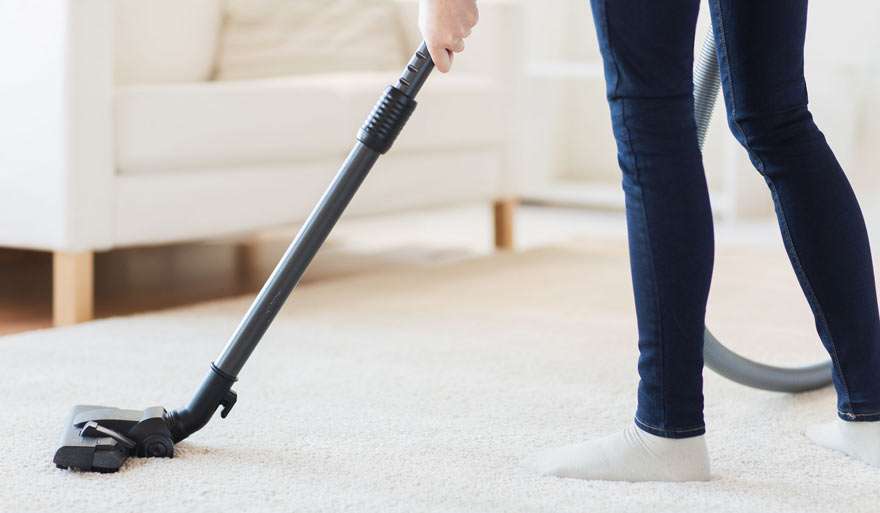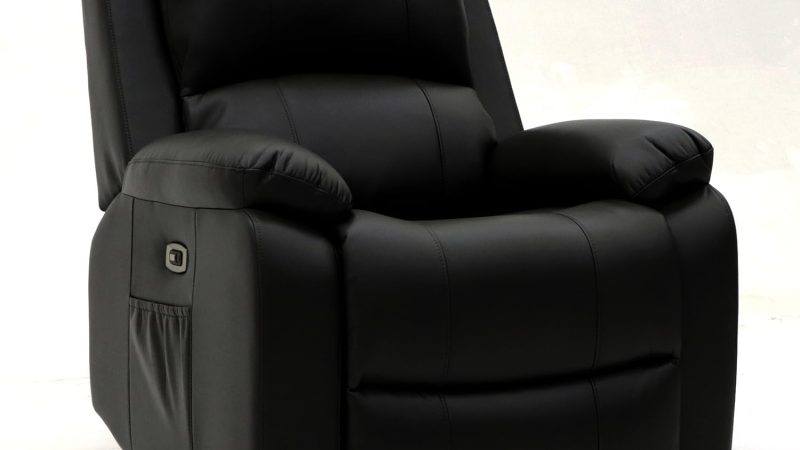Are Carpet Squares Cheaper than Carpet

In the realm of interior design and home renovation, the choice of flooring holds significant weight. Among the plethora of options available, carpeting remains a popular choice for its comfort, warmth, and aesthetic appeal. However, within the carpeting realm, a debate persists: are carpet squares cheaper than traditional carpet? In this article, we delve into this debate, unraveling the complexities and shedding light on the true cost considerations of both options.
Understanding Carpet Squares:
Carpet squares, also known as carpet tiles, have gained traction in recent years due to their versatility and ease of installation. Unlike traditional broadloom carpet, which comes in large rolls, carpet squares are smaller sections typically ranging from 18×18 inches to 24×24 inches. These squares feature a variety of designs, textures, and materials, catering to diverse preferences and requirements.
Cost Considerations:
One of the primary arguments in favor of carpet squares is their perceived cost-effectiveness. Proponents argue that since carpet squares are sold in smaller sections, they offer greater flexibility in terms of budgeting and installation costs. While this notion holds some truth, it’s essential to delve deeper into the cost dynamics.
Initial Cost: At first glance, the price per square foot of carpet squares might appear lower compared to traditional broadloom carpet. However, it’s crucial to consider the total cost, accounting for the quantity needed to cover the entire floor space. In some cases, the cumulative cost of carpet squares can surpass that of broadloom carpet, especially for larger areas.
Installation Costs:
Carpet squares are often lauded for their DIY-friendly installation process. Since they come in manageable sizes, homeowners can install them without professional assistance, potentially saving on labor costs. On the contrary, installing broadloom carpet typically requires specialized skills and tools, necessitating professional installation, which can significantly add to the overall cost.
Durability and Longevity:
Another factor to consider is the durability and longevity of the flooring option. While carpet squares offer the convenience of replacing individual tiles in case of damage or staining, their lifespan might be shorter compared to high-quality broadloom carpet. Broadloom carpet, when well-maintained, can endure heavy foot traffic for years, making it a more durable investment in the long run.
Maintenance and Upkeep:
Maintenance requirements also play a crucial role in determining the true cost of carpeting. Carpet squares are generally easier to clean and maintain since stained or worn-out tiles can be replaced selectively. Conversely, broadloom carpet might require more intensive cleaning methods, such as steam cleaning or professional shampooing, which can incur additional expenses over time.
Aesthetic and Design Considerations:
Beyond cost considerations, the choice between carpet squares and traditional carpet hinges on aesthetic preferences and design flexibility. Carpet squares offer endless design possibilities, allowing homeowners to mix and match patterns, colors, and textures to create unique flooring arrangements. On the other hand, broadloom carpet provides a seamless, uninterrupted look, ideal for creating a cohesive design scheme.
Environmental Impact:
In recent years, sustainability has become a significant concern in the construction and interior design industries. When comparing carpet squares and traditional carpet, it’s essential to consider their environmental impact. Carpet squares, often made from recycled materials and designed for modular reuse, are perceived as a more eco-friendly option compared to broadloom carpet, which typically generates more waste during installation and replacement.
Conclusion:
The debate over whether carpet squares are cheaper than traditional carpet is multifaceted and nuanced. While carpet squares offer certain advantages in terms of flexibility, installation, and maintenance, the true cost depends on various factors such as the size of the space, durability requirements, aesthetic preferences, and long-term maintenance needs. Ultimately, the decision should be based on a thorough evaluation of these factors, weighing the pros and cons to determine the most suitable flooring option for each unique scenario. Whether opting for carpet squares or traditional broadloom carpet, investing in quality materials and professional installation is key to achieving a functional, visually appealing, and long-lasting flooring solution for any home or commercial space.






